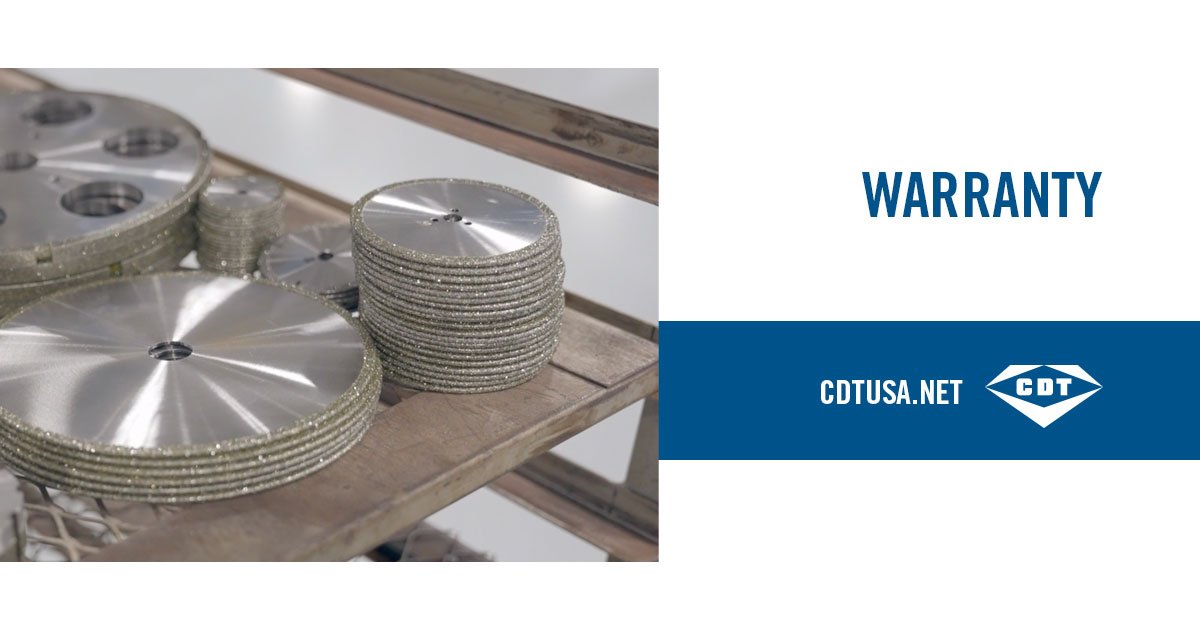Unleashing the Power of Precision: How to Master Metal Grinding Techniques
Metal grinding is a crucial process in various industries, including manufacturing, engineering, and construction. Whether you are shaping metal pieces for a project or smoothing out rough edges, mastering metal grinding techniques is essential for achieving precision and quality in your work. Refer Link: https://www.cdtusa.net/.
The Fundamentals of Metal Grinding
Understanding the basics
- Metal grinding is a machining process that removes material from a workpiece using an abrasive grinding wheel.
- The grinding wheel rotates at high speeds, creating friction against the metal surface and cutting away tiny chips to achieve the desired shape or finish.
- There are various types of grinding processes, including surface grinding, cylindrical grinding, and centerless grinding, each suitable for different applications.
Essential equipment
- A bench grinder or a pedestal grinder is essential for basic metal grinding tasks.
- For more precise and complex grinding operations, cylindrical grinders, surface grinders, and tool and cutter grinders are commonly used.
- It is crucial to use the right type of grinding wheel for the specific material and application to achieve optimal results.
Mastering Metal Grinding Techniques
Preparation is Key
- Inspect the workpiece for any defects or imperfections before starting the grinding process.
- Safeguard yourself with the appropriate personal protective equipment, including safety glasses, gloves, and a face shield.
- Secure the workpiece firmly in place using clamps or a vise to prevent movement during grinding.
Techniques for Precision Grinding
- Start with a coarse grinding wheel to remove excess material quickly, then switch to a finer wheel for precision grinding.
- Maintain a consistent pressure and speed while grinding to ensure uniformity in the finished surface.
- Use coolant or lubricant to prevent overheating of the workpiece and grinding wheel, which can lead to poor results and damage to the equipment.
Finishing Touches
- After the grinding process is complete, use a deburring tool or file to remove any sharp edges or burrs left on the workpiece.
- Clean the workpiece thoroughly to remove any grinding residue or debris that could affect the final finish.
- Inspect the workpiece to ensure it meets the required specifications and quality standards before proceeding with further processing or assembly.
Tips for Success
Choose the Right Grinding Wheel
- Select a grinding wheel with the appropriate abrasive material, grit size, and hardness for the specific metal and application.
- Regularly inspect the grinding wheel for any signs of wear or damage and replace it when necessary to maintain consistent results.
Practice Proper Technique
- Mastering metal grinding techniques takes practice and patience, so don't be discouraged by initial challenges.
- Focus on developing a steady hand, consistent pressure, and precise movements to achieve the desired results.
Maintain Your Equipment
- Regularly clean and lubricate your grinding equipment to prevent buildup of debris and ensure smooth operation.
- Check for any loose parts or misalignments that could affect the accuracy and quality of your grinding work.
Conclusion
Mastering metal grinding techniques is a valuable skill that can make a significant difference in the quality and precision of your work. By understanding the fundamentals of metal grinding, preparing properly, and using the right techniques, you can unleash the power of precision and achieve exceptional results in your metalworking projects.


